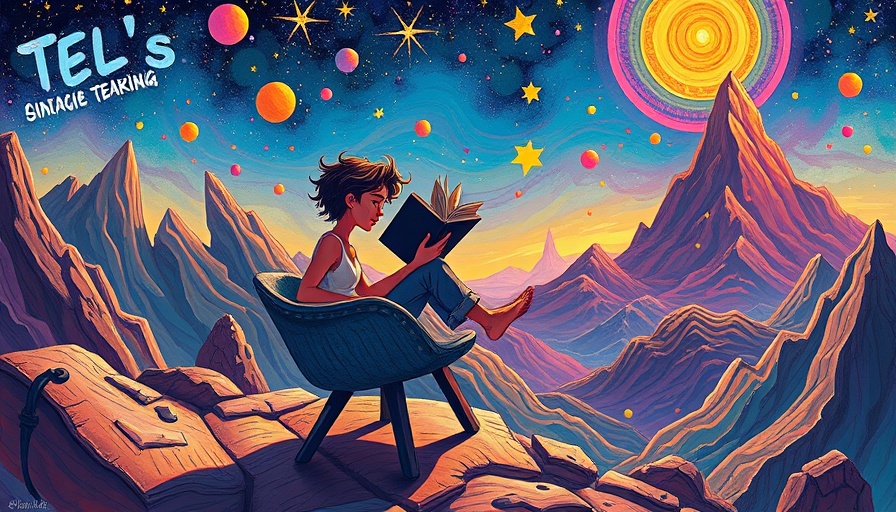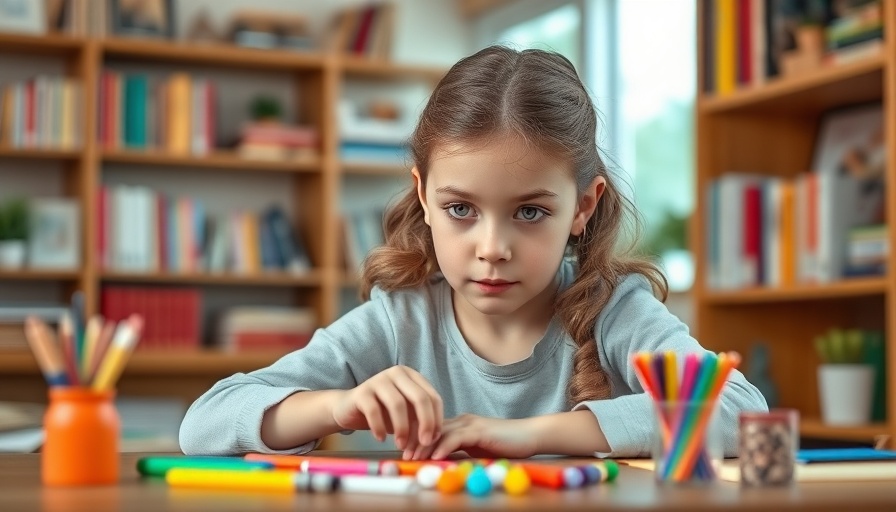
The Hidden Psychological Burdens of Artistic Authenticity: Understanding the Artist’s Journey
In an era dominated by superficial popularity, artists face unique psychological challenges that seep into their creative expressions. The constant balancing act between true artistic intent and the pressure to cater to audience expectation can feel overwhelmingly burdensome. Current trends often prioritize mass appeal over quality, raising questions about the very essence of art and its reception in today’s market.
The Artist’s Dual Journey: Creation and Communication
At its core, every artist embarks on two journeys: the creation of their work stemming from inspiration and the desire to authentically communicate that vision to others. The process of expressing deeply personal experiences through a tangible medium—be it painting, writing, or music—requires vulnerability and courage. However, artists often face emotional turmoil when their creations do not resonate with their intended audience.
Art as a Universal Language
Art possesses a unique power to transport individuals, allowing them to vicariously experience the emotions of the creator. Yet, the success of this connection relies heavily on the audience’s ability to engage with the cultural and emotional nuances within the artwork. When this connection falters, it can lead to significant psychological distress for the artist, who may feel that their poignant message has “landed” nowhere. The challenge becomes not just in creating art but in ensuring it communicates effectively with others.
The Marketplace of Ideas: What Receives Attention?
Is there a democracy in the arts where the best works rise to the top? In theory, yes, yet the reality is much murkier. Art often exists in a paradoxical space where the innovative and groundbreaking frequently find themselves overlooked by mainstream audiences. Artists who are visionaries may struggle to gain recognition for their work, especially if it diverges significantly from the prevailing tastes of the times. This leads to introspection, self-doubt, and frustration, intensifying the psychological risks inherent in the profession.
Beyond the Ego: The Essence of True Artistic Expression
Many artists grapple with the notion of the “artistic ego.” The desire to be viewed as superior or exceptional can distort the genuine intent behind the creation process. As Percy Shelley noted, artists can act as the “antennae of the race,” connecting and reflecting the human experience. Learning to navigate this ego while staying in tune with the intrinsic motivations for creating can lead to a more authentic expression of one’s artistry.
The Freedom of Artistic Expression: Different Paths
Some artists, like the Buddhist poet mentioned earlier, choose to detach from the need for human appreciation altogether. They create solely for the pleasure of the process, which serves as a form of mental release. Contrary to Western perspectives, this approach allows for a healthier psychological landscape, as it diminishes the risks associated with audience rejection. Exploring such diverse practices can encourage broader discussions about what art should represent and who it serves.
Practical Steps to Mitigate Psychological Risks
For artists, understanding the psychological risks tied to their craft can be an important step in fostering resilience. Here are some action points to consider:
- Engage in self-reflection: Regularly assess personal motivations for creating art and how these align with the desire for external validation.
- Create a supportive network: Cultivate relationships with fellow artists and mentors who understand the complexities of the creative sphere.
- Explore alternative expressions: Engage in artistic routines that prioritize enjoyment and experimentation without the pressure of public consumption.
Conclusion: The Value of Artistic Authenticity
In an incredibly fast-paced society, the struggle for authentic artistic expression and connection takes on a considerable mental toll on creators. Understanding the psychological burdens they face offers valuable insights into their lives and work. Supporting artists means acknowledging their authenticity, complexities, and the beauty inherent in their creative journeys. In a world where mind matters, we must remind ourselves that true art can flourish through understanding, empathy, and connection.
 Add Row
Add Row  Add
Add 




 Add Row
Add Row  Add
Add 

Write A Comment